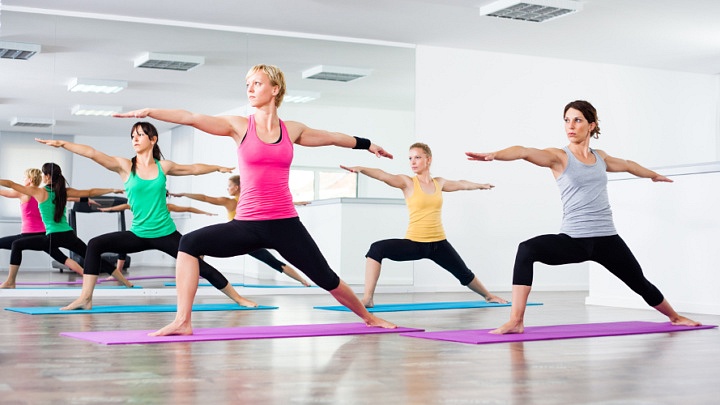Whether you are a parent of a young child or of a college student, back to school is an important transition for you and your children. It represents a...
About the Author
Simon Swanek
Simon is a die-hard yogi. After nearly a decade of dedicated long-distance running, yoga has provided not only the perfect opportunity for rehabilitation of his sensitive knee and hip joints, but it has also been the perfect compliment to his sport allowing for physical, mental, and emotional support throughout races up to full marathons in length. Simon became an RYT 200 in the summer of 2014 after studying the various aspects of yoga practice at YogaSpace Toronto - but, even before then, he has represented the Moksha Yoga Halifax community as their ambassador, and presently is the instructor for Patagonia Halifax's free community classes. As a student from Dalhousie University in Halifax, Nova Scotia with a background in English literature, Simon utilizes his knowledge of language to provide articulate descriptions while entering and exiting different postures throughout his Vinyasa and Hatha sequences in order to protect his students from injury and maintain the integrity of the postures and their purpose. For Simon, success in his yoga practice is seeing success in his students.




